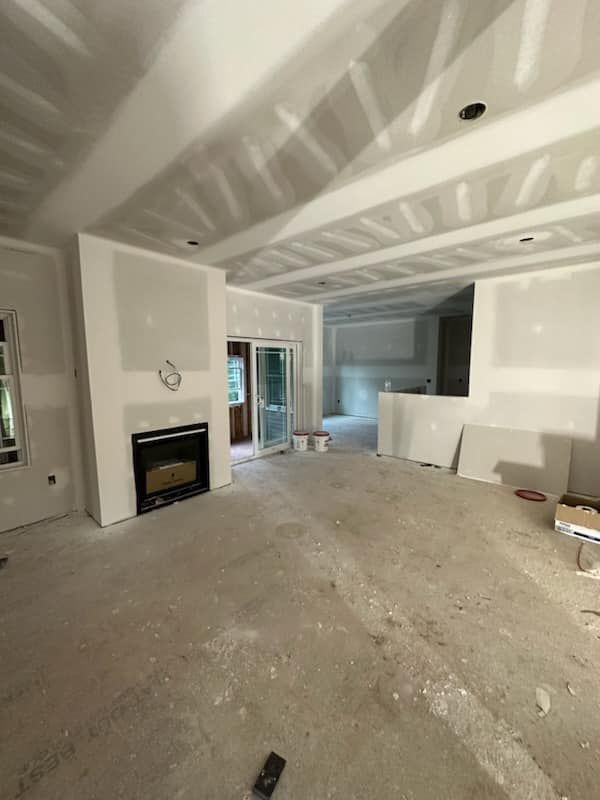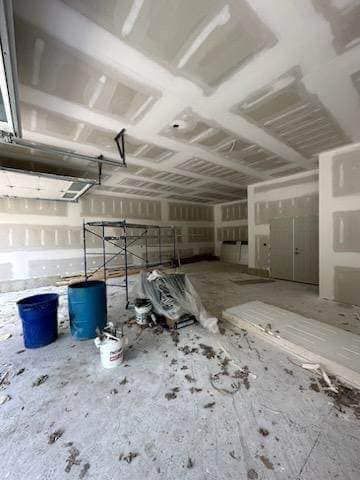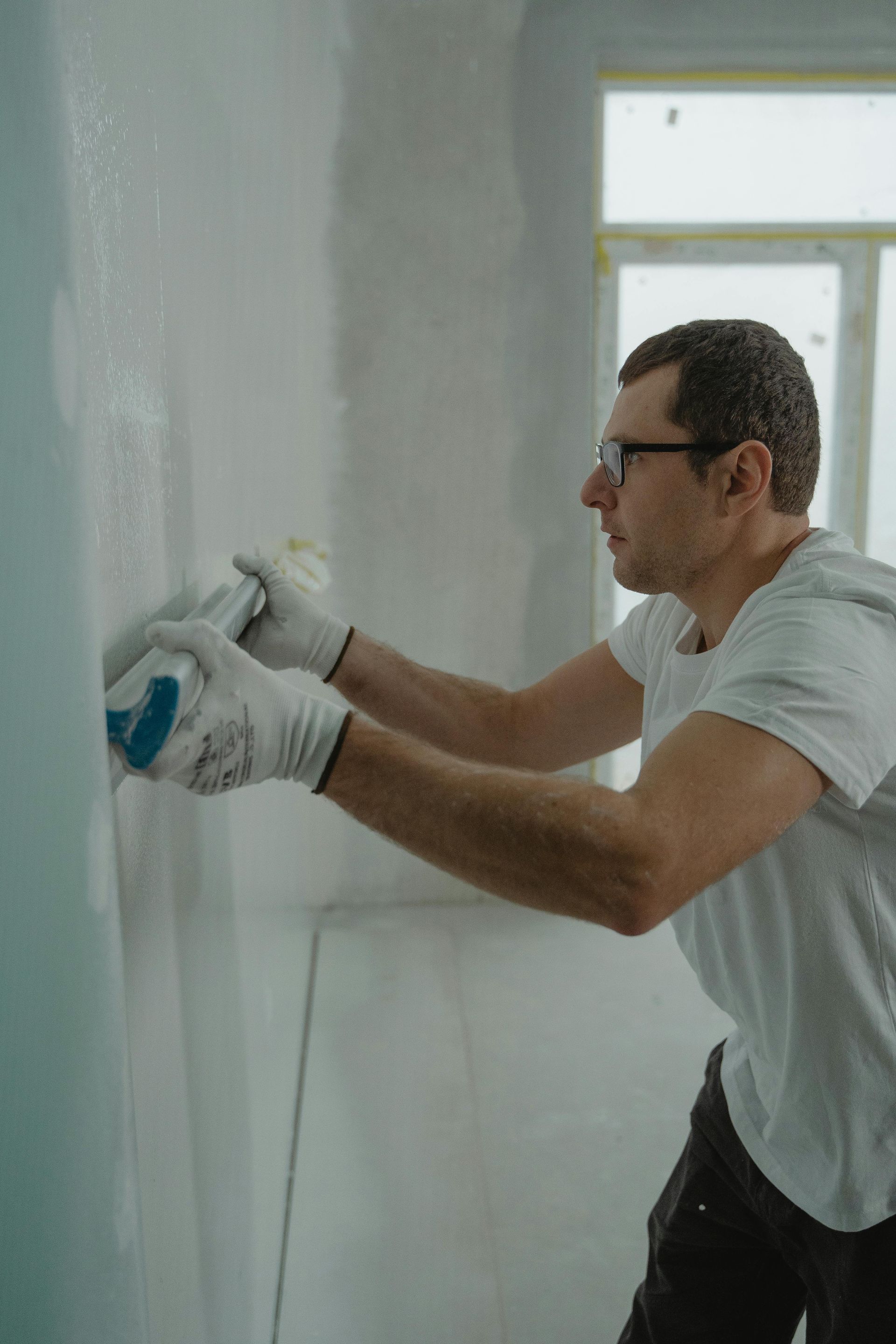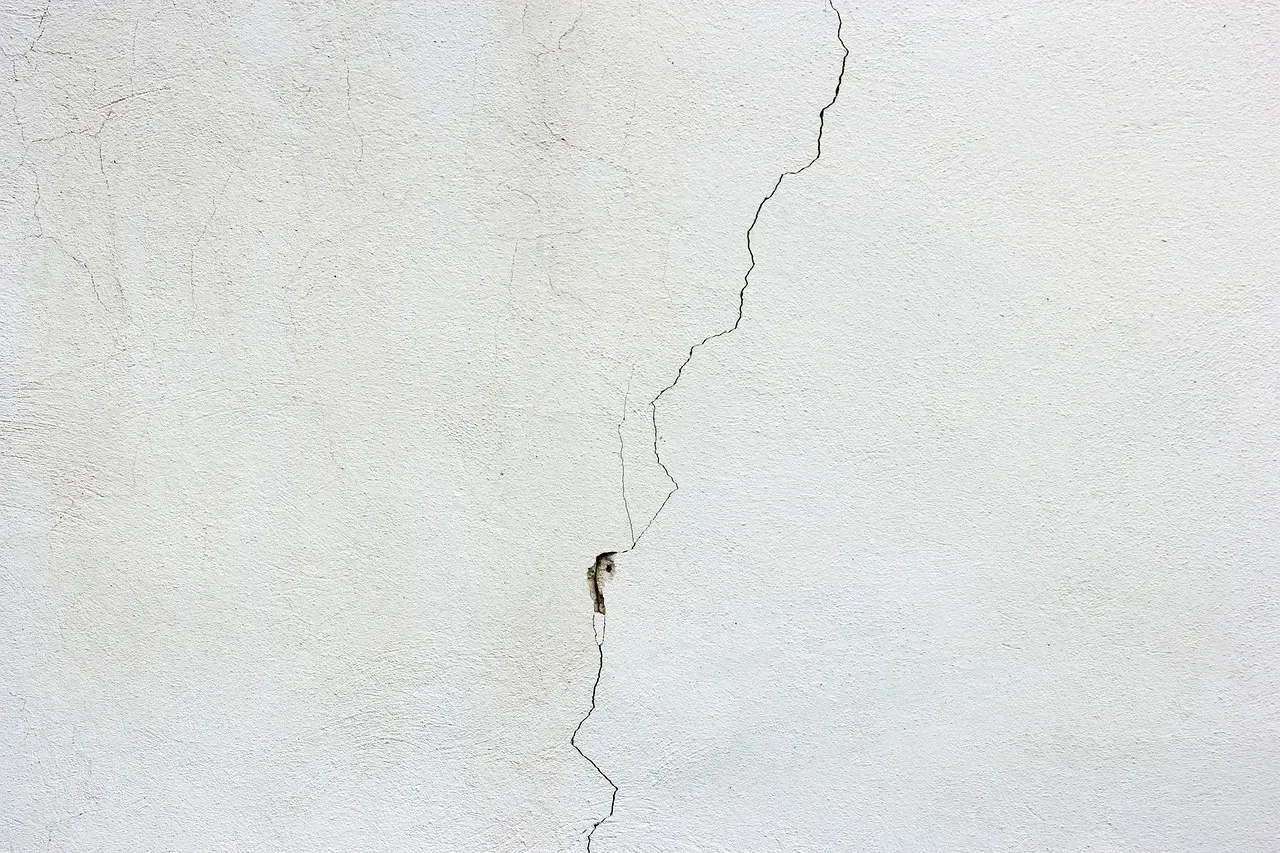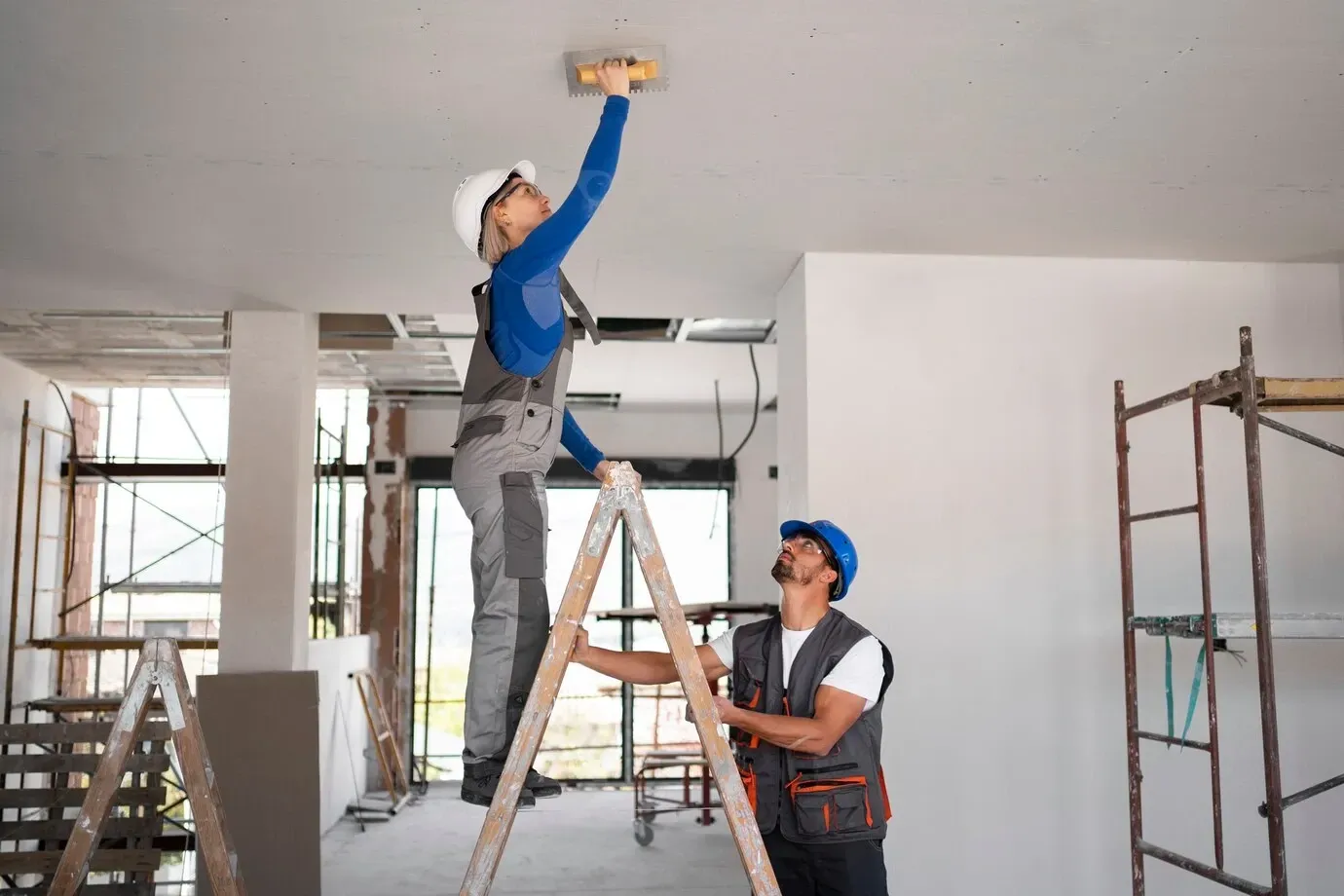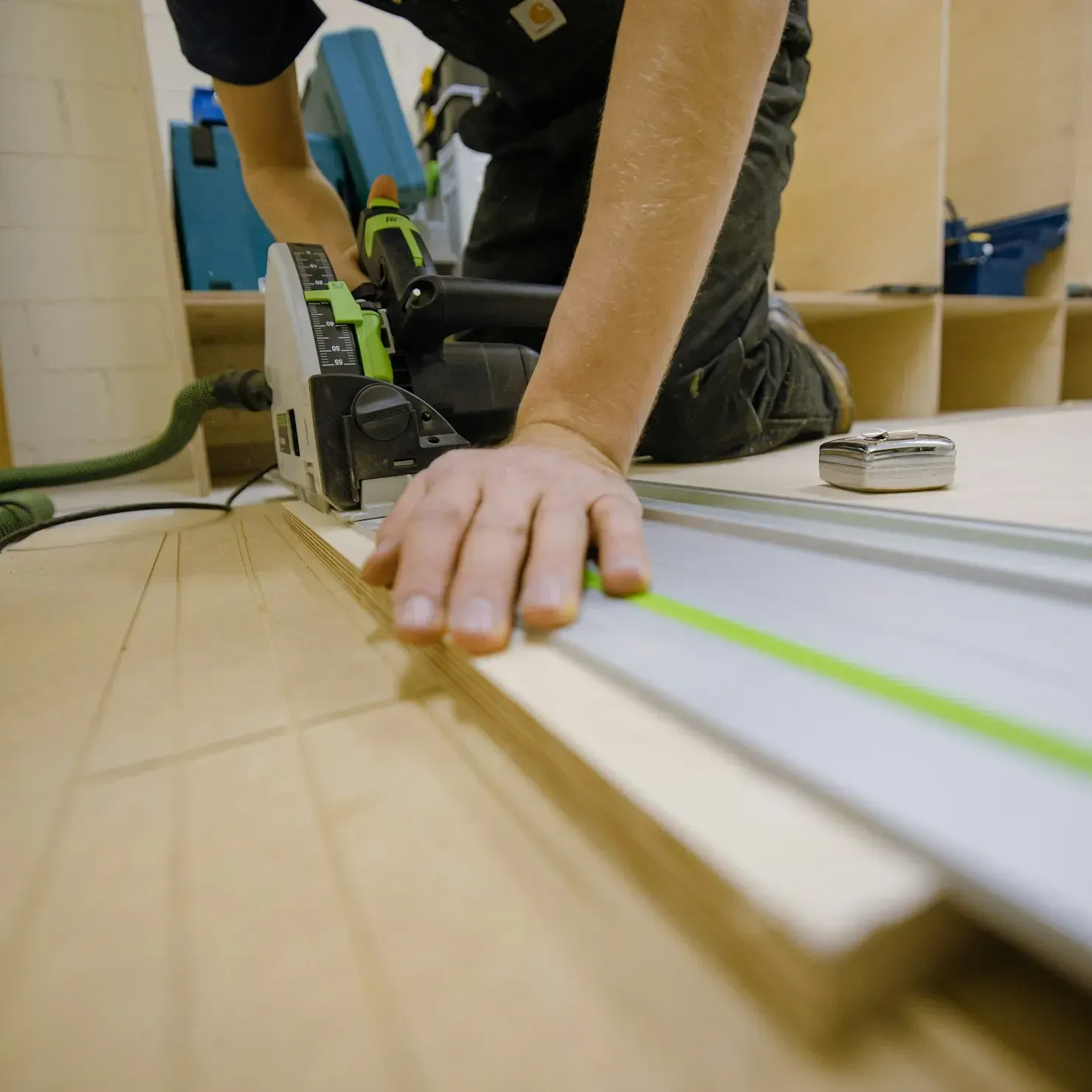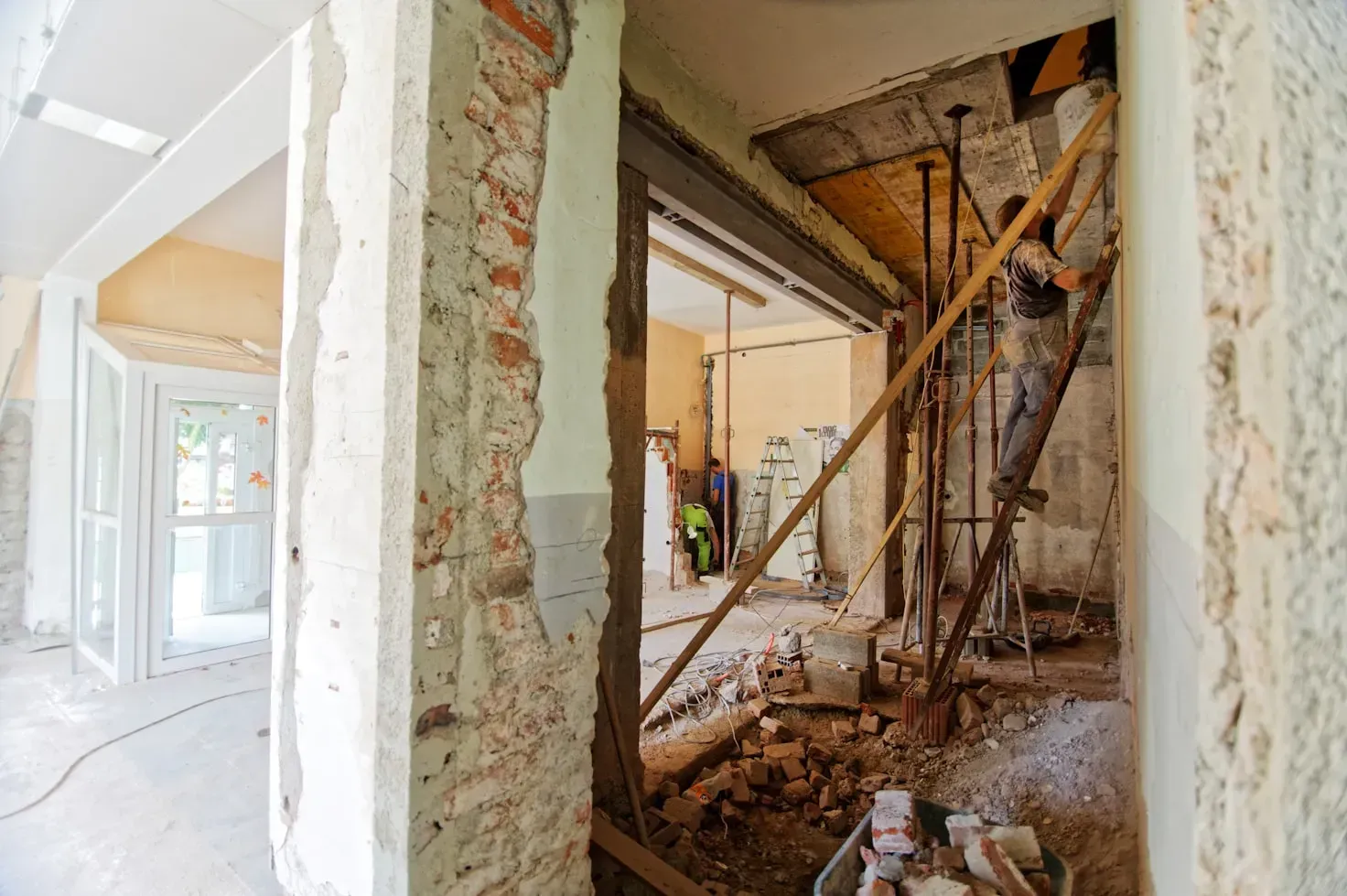Drywall Repair, Drywall Contractor and Drywall Installation in Easthampton, Springfield, Chicopee and surrounding areas
Francois Turgeon (Owner)
Steve Grondin (Owner)
Drywall Repair, Drywall Contractor and Drywall Installation in Easthampton, Springfield, Chicopee and surrounding areas
Francois Turgeon (Owner)
Steve Grondin (Owner)
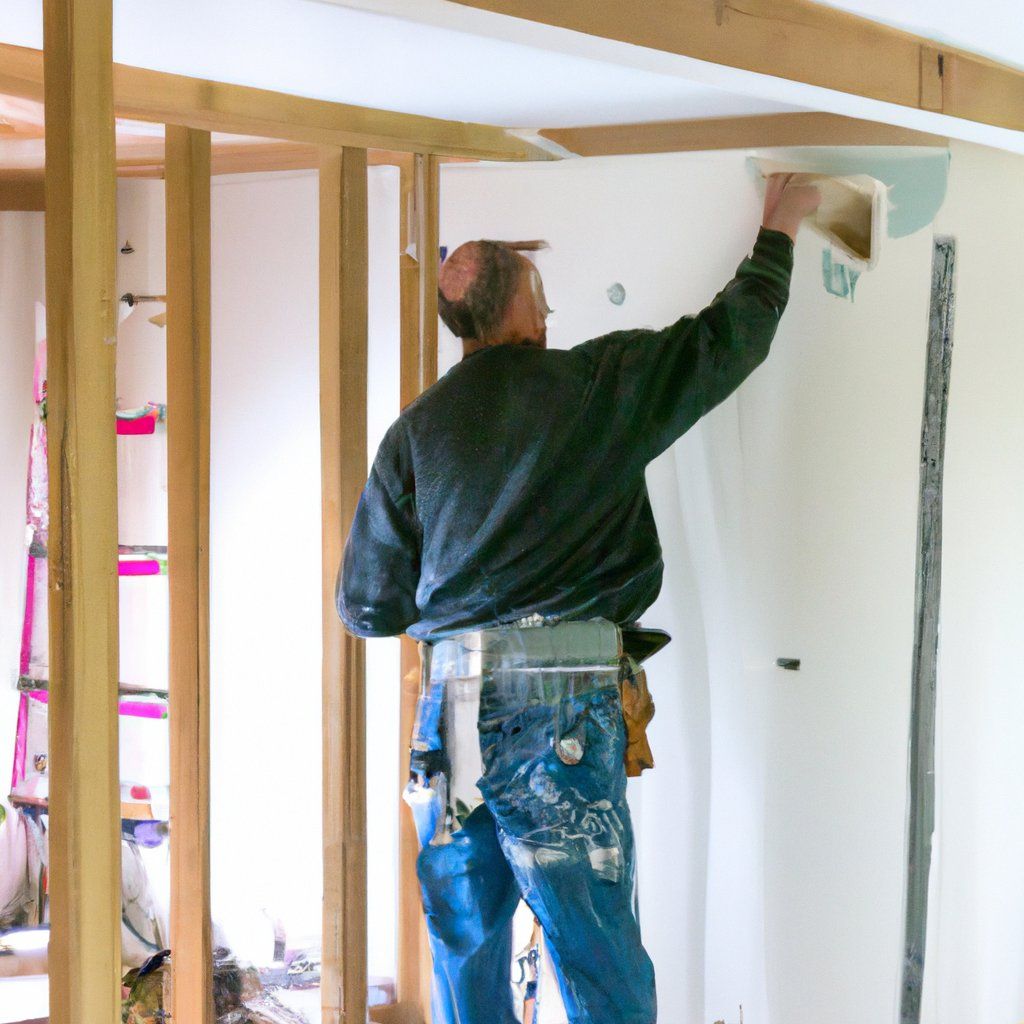
Soundproof Drywall Guide: Does It Really Work?
Noise problems at home can be a real headache. Maybe it's traffic sounds from a busy street, a teenager's drum practice, or the TV blaring in the next room. If you're looking into ways to make your space quieter, you've probably come across soundproof drywall as an option.
Yes, soundproof drywall does work to reduce noise transmission between rooms, typically providing a 15-20% improvement over standard drywall. However, it's just one piece of a complete soundproofing solution and works best when combined with other sound-dampening techniques.
Before you spend your hard-earned money on this specialty product, let's look at what it really is, how well it works, and whether it's the right choice for your home. This guide breaks down everything you need to know about soundproof drywall without the technical jargon.
What Is Soundproof Drywall?
Soundproof drywall (sometimes called acoustic drywall) is a special type of wallboard made to block more sound than regular drywall. Unlike standard drywall that has one layer of gypsum, soundproof versions use multiple layers of different materials sandwiched together.
How Soundproof Drywall Differs from Regular Drywall
Regular drywall is mostly gypsum wrapped in paper - simple and cheap. Soundproof drywall, on the other hand, is built differently:
- Multiple layers of materials like gypsum, viscoelastic polymers, and sometimes metal
- Greater density and mass (it's heavier than regular drywall)
- Thicker construction - usually 1/2" to 5/8" compared to 3/8" for standard drywall
- Damping technology that converts sound energy into tiny amounts of heat
These differences make soundproof drywall more effective at blocking sound waves from passing through walls, floors, and ceilings.
Types of Soundproof Drywall Products on the Market
Several major brands make soundproof drywall with slightly different approaches:
- QuietRock - One of the most well-known brands, using viscoelastic polymers between gypsum layers
- SoundBreak XP by National Gypsum - Features a special noise-reducing layer in the center
- Silent FX by CertainTeed - Uses a viscoelastic polymer core between special dense gypsum boards
- ComfortBoard - Combines sound absorption with thermal insulation properties
How Effective Is Soundproof Drywall?
The big question is: does it actually work? The short answer is yes - but with some important limitations.
Sound Transmission Class (STC) Ratings Explained
Sound blocking ability is measured using Sound Transmission Class (STC) ratings. Higher numbers mean better sound blocking:
- STC 25-30: Normal speech can be heard through walls (standard 1/2" drywall)
- STC 40-45: Loud speech becomes muffled (typical soundproof drywall)
- STC 50-60: Very loud sounds are barely heard (complete sound isolation systems)
Most soundproof drywall products claim STC ratings of 45-52 when installed properly, compared to around 35 for standard drywall.
Real-World Performance vs. Laboratory Testing
Be aware that lab results often don't match real-world performance. In labs, walls are perfectly sealed with no electrical outlets, windows, or doors. In real homes:
- Sound flanking occurs (sound traveling around walls through floors, ceilings, and air ducts)
- Small gaps in construction can greatly reduce effectiveness
- Room resonance can amplify certain frequencies
This means the actual noise reduction might be less impressive than product advertising suggests.
What Noises It Blocks Best (and What It Doesn't)
Soundproof drywall works better for some noises than others:
Works well for:
- Mid-range frequencies (human voices)
- TV and music sounds
- Normal household noises
Less effective against:
- Low bass frequencies (subwoofers, machinery)
- Impact noises (footsteps, things dropping)
- Structure-borne sound (vibrations traveling through building frames)
Cost Comparison: Soundproof vs. Standard Drywall
Before deciding, you should understand the cost differences.
Material Cost Differences
Soundproof drywall is significantly more expensive:
- Regular drywall: $10-15 per 4'×8' sheet
- Soundproof drywall: $40-80 per 4'×8' sheet (3-5 times more expensive)
For a typical 12'×12' room with four walls, ceiling not included:
- Regular drywall might cost about $150-200 in materials
- Soundproof drywall could cost $500-800 for the same space
Installation Considerations and Added Expenses
Installation adds more costs:
- Soundproof drywall is heavier and may require more labor
- Special acoustic sealant is needed for all seams and edges ($10-20 per tube)
- Specialized screws may be recommended
- You might need additional tools for proper installation
A professional installation for a single room typically costs $1,000-2,500 for soundproof drywall compared to $300-800 for standard drywall.
Installation Process for Soundproof Drywall
If you're considering soundproof drywall, understanding the installation process is important.
DIY vs. Professional Installation
While handy homeowners can install soundproof drywall themselves, there are good reasons to hire professionals:
DIY challenges:
- Heavier sheets are harder to handle
- Proper sealing is critical for sound performance
- Small mistakes can greatly reduce effectiveness
Professional benefits:
- Experience with acoustic materials
- Proper tools and techniques
- Knowledge of complete sound isolation systems
For best results, hiring an experienced contractor who understands acoustic principles is worth considering.
Common Installation Mistakes to Avoid
If you go the DIY route, watch out for these common errors:
- Skipping acoustic sealant around edges and electrical boxes
- Using too few screws (soundproof drywall needs more fasteners)
- Improper treatment of joints between panels
- Creating sound bridges that allow vibration to pass through
- Missing the studs when fastening (more critical with heavy panels)
Alternative Solutions for Sound Control
Soundproof drywall isn't the only option - and often isn't the best choice by itself.
Sound Isolation Clips and Resilient Channels
These mechanical systems decouple the drywall from the wall studs:
- Sound isolation clips: Metal and rubber components that attach to studs
- Resilient channels: Metal channels creating an air gap between studs and drywall
- Both systems cost $1-3 per square foot plus installation
- Can increase STC ratings by 8-10 points when properly installed
Double Drywall with Green Glue
A popular and effective alternative:
- Install two layers of regular drywall with Green Glue compound ($15-20 per tube) between them
- Green Glue converts sound energy to heat
- Often achieves better results than single-layer soundproof drywall
- Total material cost often similar to specialty drywall
Complete Wall Assembly Solutions for Maximum Soundproofing
For serious noise problems, consider a full system approach:
- Insulation in wall cavities (mineral wool works best)
- Decoupling with clips or channels
- Mass from double or triple layers of drywall
- Damping with materials like Green Glue between layers
- Sealing all gaps with acoustic caulk
These complete systems can achieve STC ratings of 55-65, far better than soundproof drywall alone.
When Soundproof Drywall Makes the Most Sense
Despite its limitations, soundproof drywall is the right choice in certain situations.
Best Applications for Homes
Soundproof drywall works well for:
- Media rooms where containing TV and movie sound is important
- Home offices for privacy during calls and meetings
- Bedrooms adjoining noisier areas of the home
- Music practice spaces for casual musicians
- Spaces with tight clearances where thicker solutions won't fit
Commercial Uses and Benefits
In commercial settings, soundproof drywall is valuable for:
- Meeting rooms where confidentiality matters
- Medical offices for patient privacy
- Hotel rooms to improve guest comfort
- Small recording or podcast studios on limited budgets
- Classrooms to reduce distraction between spaces
Professional Help for Your Soundproofing Project
If you're serious about reducing noise in your home, getting professional help makes sense. For residents in Western Massachusetts, Frenchie Drywall offers expert soundproofing solutions that really work.
Frenchie Drywall specializes in both residential and commercial drywall installation with a focus on acoustic solutions. Serving Easthampton, Montgomery, Northampton, South Hadley, Southampton, Westhampton, Springfield, and Chicopee areas, their team understands the unique soundproofing challenges in both older and newer homes.
Ready for a quieter home? Contact Frenchie Drywall today – Western Massachusetts' premier drywall contractor with years of expertise in acoustic solutions that fit your space and budget.
Contact Information
© All Rights Reserved • Frenchie Drywall LLC | Terms of Use | Privacy Policy



